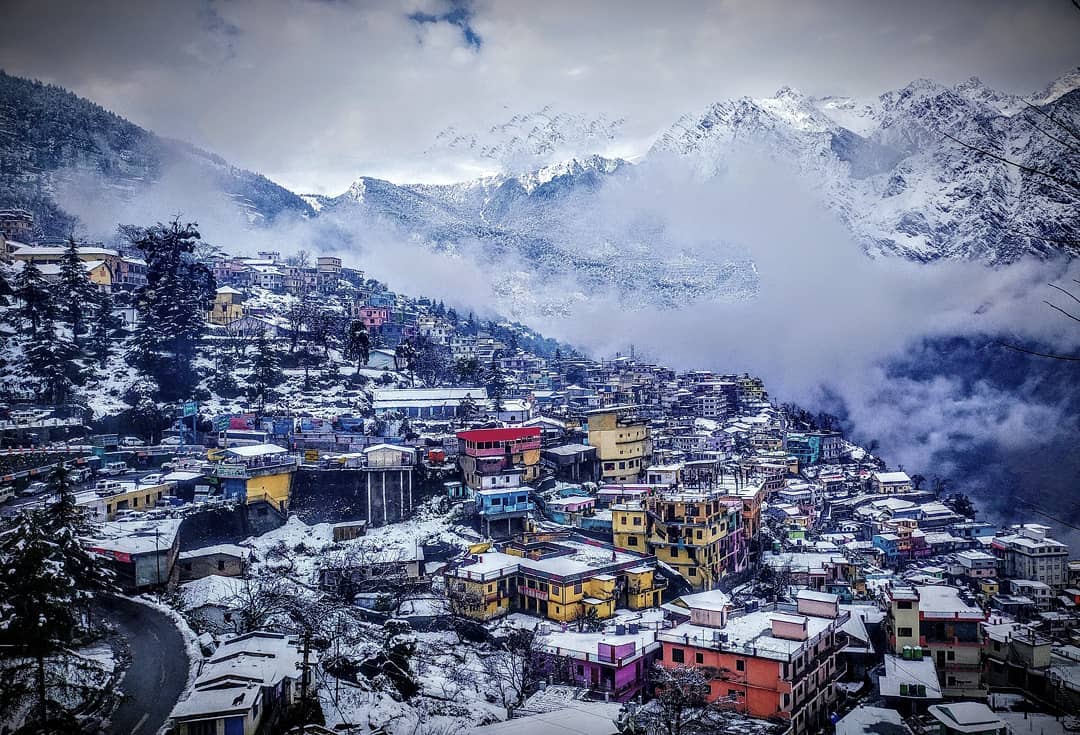The National Crisis Management Committee (NCMC) has stressed that the immediate priority should be to ensure complete and safe evacuation of all residents in the affected zone in Joshimath.
NCMC had reviewed the situation in Joshimath earlier this week, where cracks have appeared in buildings and other structures and at the meeting, Cabinet Secretary Rajiv Gauba stressed that priority should also be accorded to the demolition of vulnerable structures in a safe manner, an official statement said.
The NCMC conveyed that all studies and investigations, including geotechnical, geophysical and hydrological, should be completed in a coordinated and time-bound manner. The chief secretary of Uttarakhand briefed the NCMC about the current situation and informed that residents of severely damaged houses were being shifted to safe places.
Relief shelters have been identified in Joshimath and Pipalkoti to accommodate the affected families and appropriate compensation and relief measures are being provided by the state government, the statement said. The chief secretary apprised the committee that the operation of Joshimath-Auli ropeway has been discontinued and construction work in and around Joshimath Municipality area have been stopped till further orders.
The national and state disaster response forces have been deployed to help the district administration in their relief and rehabilitation efforts. The cabinet secretary assured the chief secretary that all central agencies will continue to be available for necessary assistance. All the studies and investigations, regarding geotechnical, geophysical and hydrological, should be completed in a coordinated and time bound manner.
Joshimath is currently facing a grave threat from land subsidence. According to a report by the Mishra Committee in 1976, Joshimath lies on an ancient landslide deposit of sand and stone, and not on the main rock. So, this means that it resides on landslide debris. The report also highlighted the undercutting by river currents of Alaknanda and Dhauliganga as contributing factors to the landslides.
Geographically, the area is characterised by scattered rocks covered with old landslide debris consisting of boulders, gneissic rocks, and loose soil, with a low bearing capacity as per the report. These gneissic rocks are highly weathered and have a low cohesive value, making them susceptible to high pore pressure when saturated with water, particularly during monsoons.
The situation in Joshimath has been exacerbated by increased construction activities, hydroelectric projects, and the widening of the National Highway in the past couple of decades. These activities have made the slopes highly unstable and vulnerable to landslides. The running streams from Vishnuprayag and sliding along natural streams are also cited as other reasons for the city’s fate.
Several experts said that a complete shutdown of development and hydroelectric projects in the region would be the suitable step now. However, the immediate need is to relocate the residents to a safer place and then reimagine the town’s planning to accommodate the new variables and changing geographical factors.
Drainage planning is one of the most critical issues that need to be studied and redeveloped. The city is suffering from poor drainage and sewer management, leading to more waste seeping into the soil, loosening it from within. The irrigation department has been asked by the state government to look into the issue and create a new plan for the drainage system.


























